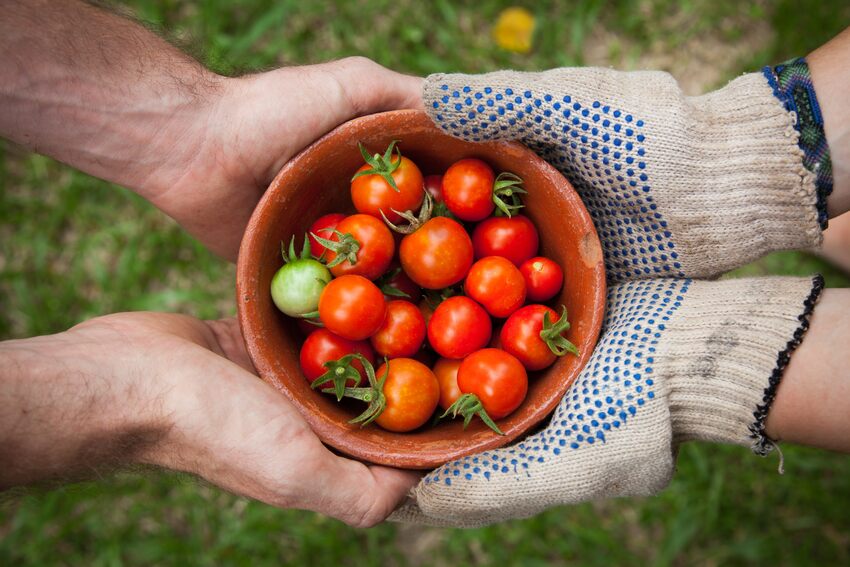The food industry plays a pivotal role in disaster resilience, contributing to both immediate response efforts and long-term recovery. This article explores the strategies and innovations within the food industry that foster culinary resilience, ensuring a robust and adaptable food supply chain in the face of natural disasters, pandemics, and other unforeseen challenges.
Agile Supply Chain Management
The food industry’s ability to respond swiftly to disruptions is crucial in times of disasters. This section delves into how agile supply chain management practices, including real-time monitoring, data analytics, and decentralized distribution networks, enable the industry to adapt quickly to changing circumstances. By enhancing flexibility and responsiveness, these strategies contribute to the resilience of the food supply chain.
Localized Food Production and Community Gardens
In the aftermath of disasters, the importance of localized food production becomes evident. This part explores how the food industry is engaging in initiatives such as community gardens and urban farming to promote local resilience. By diversifying sources of fresh produce and involving communities in food cultivation, the industry contributes to building food security from the ground up, reducing dependency on centralized supply chains.
Technology Integration in Agriculture
The adoption of technology in agriculture, often referred to as precision farming, is transforming the way food is produced. This section investigates how innovations such as drones, sensors, and data analytics enable farmers to monitor and manage crops with precision. By enhancing the efficiency and resilience of agricultural practices, technology integration ensures a more reliable food supply, even in the face of disruptions caused by disasters.
Community-Driven Food Redistribution Programs
Disasters often result in disruptions to transportation and distribution networks, leading to potential food waste. This part explores how the food industry is collaborating with communities to establish food redistribution programs. By redirecting surplus food to those in need, these initiatives not only minimize waste but also contribute to community resilience by addressing food insecurity during challenging times.
Prolonging Shelf Life for Emergency Situations:
The development of innovative food preservation techniques is a key aspect of culinary resilience. This section delves into how the food industry is exploring advancements in food preservation technologies, including vacuum packaging, high-pressure processing, and natural preservatives. These innovations not only extend the shelf life of perishable goods but also ensure a stable food supply during and after disasters.
Collaboration with Disaster Relief Organizations
The food industry’s collaboration with disaster relief organizations is instrumental in providing rapid response during crises. This part explores how partnerships between food producers, distributors, and relief organizations facilitate the efficient mobilization of resources. By coordinating efforts and sharing expertise, the industry contributes to a more organized and effective response to food-related challenges in disaster-stricken areas.
Adapting E-commerce and Online Platforms for Food Accessibility
The rise of e-commerce and online platforms has reshaped the way consumers access food, particularly during disasters. This section investigates how the food industry is leveraging digital solutions to ensure continued accessibility during disruptions. By adapting retail models to changing dynamics, including contactless delivery and online ordering, the industry enhances its resilience in the face of challenges that may limit traditional brick-and-mortar operations.
Crisis-Resilient Hospitality Models
Restaurants, a crucial component of the food industry, are innovating to become more resilient in the face of disasters. This part explores how restaurant owners are embracing crisis-resilient models, such as cloud kitchens, mobile food trucks, and virtual dining experiences. These adaptations not only enable restaurants to navigate disruptions but also contribute to the overall resilience and sustainability of the culinary landscape.

